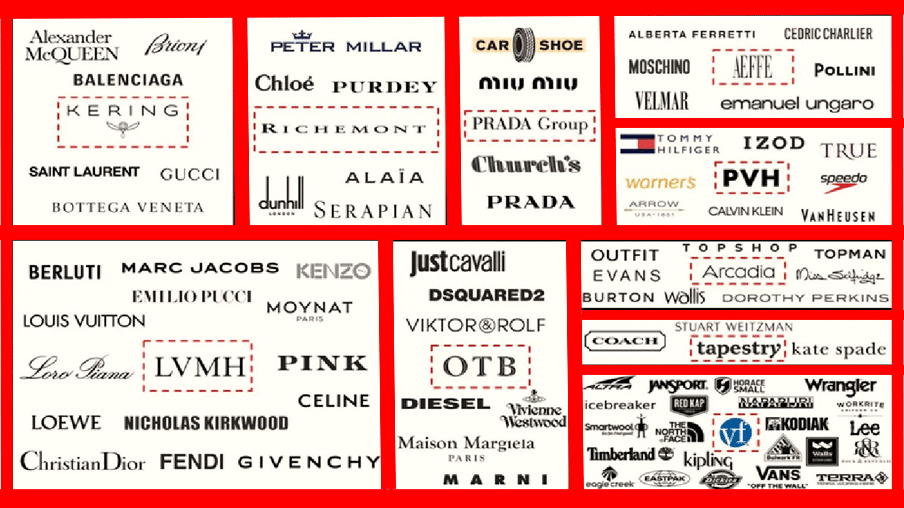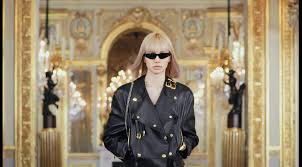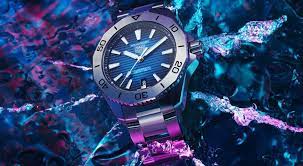The Luxury Business Model of LVMH
The Luxury Business Model of LVMH and Brand Strategies of LVMH (Louis Vuitton Moet Hennessy)
LVMH, (Louis Vuitton Moet Hennessy) the world’s largest and leading luxury products group, handles 75 prestigious brands, with a revenue of 79.2 billion euros in 2022 and over 5,600 retail stores network worldwide.
This article is going to discover the Business Model of LVMH (Louis Vuitton Moet Hennessy). What is the similarity between Sephora shops, Louis Vuitton luggage, Dior couture dresses, Moet et Chandon champagne, and Fenty Beauty by Rihanna? They all belong to LVMH, the world’s first and currently largest luxury group, along with about 66 other celebrated brands.
Bernard Arnault founded The business in Paris in 1987 through the union of luxury goods maker Mot Hennessy and fashion brand Louis Vuitton. It has been steadily expanding, with 79.2 billion Euros in revenue in 2022 alone. The 6 branches of the Fashion Group, Watches and Jewelry, Perfumes and Cosmetics, Wines and Spirits, Selective Distribution, and Other Accomplishments can be used to group the 75 subsidiaries.

The group has succeeded in making fashionable leather goods its most lucrative division, with wines and spirits a close second in a fiercely competitive luxury market. The massive success of the conglomerate is largely due to its innovation and creativity. Two components played significant roles in this: a wisely planned luxury strategy and an original business model supporting more than 70 brands.
Before moving on, understanding why luxury strategy must defy convention and what a luxury brand is crucial.
Luxury is different from being simply expensive. Some might contend that a high school boy can’t afford to buy a pair of H&M pants. But being a luxury is not the same as having a luxury brand. Luxury does not equate to being faultless.
Luxury vs. Premium
A brand must meet the following criteria for it to be considered a luxury one:
- A distinctive heritage that is still upheld.
- High-quality products.
- Luxury price points.
- A huge impact on customers and culture.
It is easy to afford a luxury product, but buying a superior one is difficult for even millionaires. This example helps you to differentiate between a luxury and a premium brand. Tag Heuer, Dior, and Fendi are luxury brands, but Clinique and Seiko are premium brands.
To better understand the Luxury Business Model of LVMH, you should read the following factors:
Avoid Giving up the Demands of Your Customers
In marketing for a product like an FMCG, this is a sin against marketing, but not in luxury. It does not follow that the Louis Vuitton design team will alter the upcoming collection to conform to the currently preferred aesthetic just because consumers like something in the present day. Brands like Celine and Louis Vuitton govern taste. They will eventually copy what they do, which will trickle down to fast fashion companies like Fashion Nova and Zara.
Develop an Affinity for the Arts
With creativity, LVMH has established itself as a supporter of the arts and positioned itself as an advocate for up-and-coming talent and well-known names. For instance, Louis Vuitton itself sponsors concerts by contemporary musicians, and the Louis Vuitton Foundation art museum in Paris specializes in the avant-garde.

Moving on, the Luxury Business Model of LVMH is made up of the following four components, which give it a competitive edge:
1- Organizational Structure with No Central Office
In organizations with a decentralized system, middle or lower-level managers rather than the head make the majority of decisions. Each brand at LVMH runs independently, enabling quick responses. The marketing head for each of Dior’s perfume brands is the same as the creative director for each of the company’s fashion brands.
2- Integration on a Vertical Scale
The organization fully controls all aspects of its value chains, including distribution and production. History is always associated with luxury, and history is associated with a city, a culture, and a location. Due to this, LVMH only relocates less expensive lines to manufacturing facilities outside of the region in which its top luxury products are produced.
3- Money Invested in Innovation and its Houses
LVMH invests significantly in its brands, including new products, creative teams, and art-related projects, to promote original, long-term growth. Additionally, this positions LVMH at the front position of “the new” and serves as its own campaign for introducing the world to new artists.
It established cutting-edge startups like Fenty by Rihanna, for instance, and launched the desirable LVMH Prize for spotting up-and-coming designers. Thanks to this, the fashion industry was introduced to Simon Jacquemus and Grace Wales Bonner.
4- A Diverse International Portfolio with Balance
According to the CEO of LVMH, the detrimental effects of globalization are countered by what our group does. In contrast to the norm, we manufacture in France and Italy and sell to China.
You may have caught the news about LVMH buying Tiffany and Co., a luxury jewelry company in the United States, for a whopping multi-billion dollars. Even though most recognizable brands of LVMH originated in France, it is the country of origin. Over the years, LVMH has strategically expanded geographically and vertically by acquiring other regional luxury brands. This strategy enables the team to maintain balance without relying on one market.


The Bottom Line | Luxury Business Model of LVMH
The group’s level of success is hardly surprising. Despite Covid-19, LVMH experienced a 12 percent increase in sales during the 3rd-Q of 2020. In summary, strategic acquisitions and the ongoing stewardship of its brands through independent creativity are the key factors that have contributed to the success of LVMH. By reading this, you have a clear idea about the brand strategies of LVMH.
Need Help or Advice in Content Management:
Would you like more advice? Do you have good practices to share? Express yourself in the comments.
Also, if you want help in writing content to drive more traffic and boost conversions, please get in touch through Contact our team.
Do you want help writing quality content, driving traffic to your website, and boosting conversions? You can contact me through my Freelancer.com profile also. I always prefer to work through Wiselancer for smooth functioning. Here you pay safely and securely.
Read More:
FIVE THINGS TO ADD FOR LUXURY BRAND MARKETING STRATEGY
BRAND IDENTITY CASE STUDY OF DOLCE AND GABBANA
HOW TO HAVE DIVERSITY AND INCLUSION IN BRAND MARKETING
